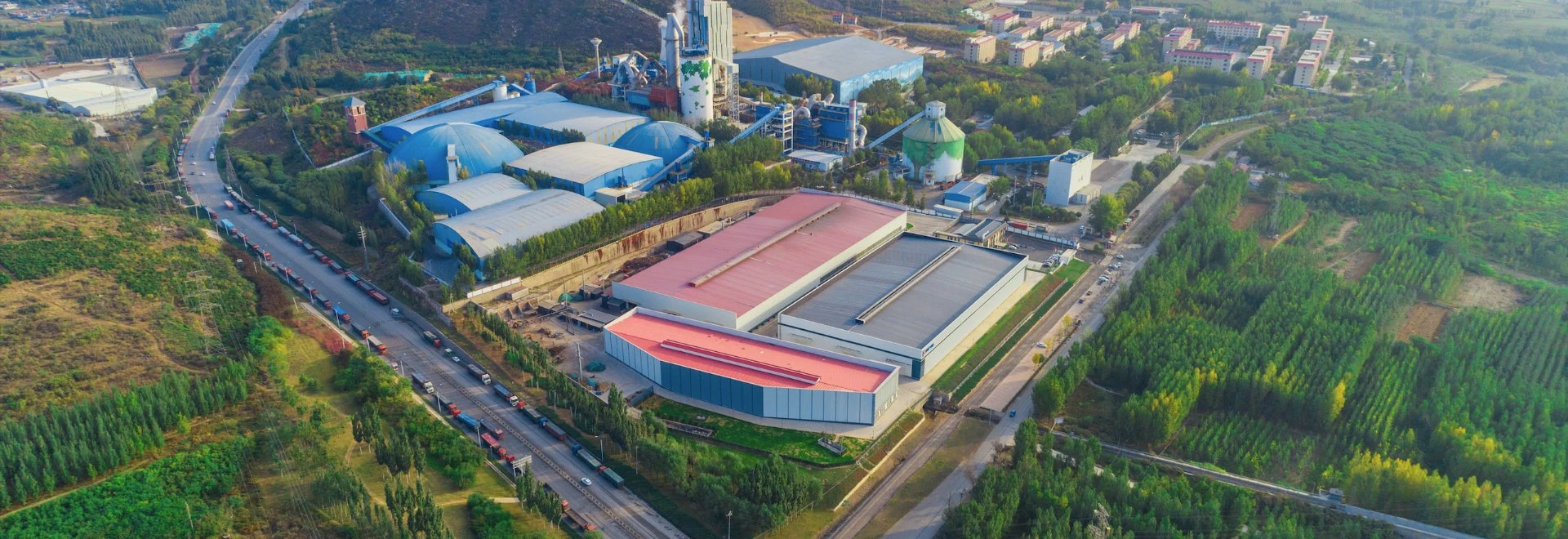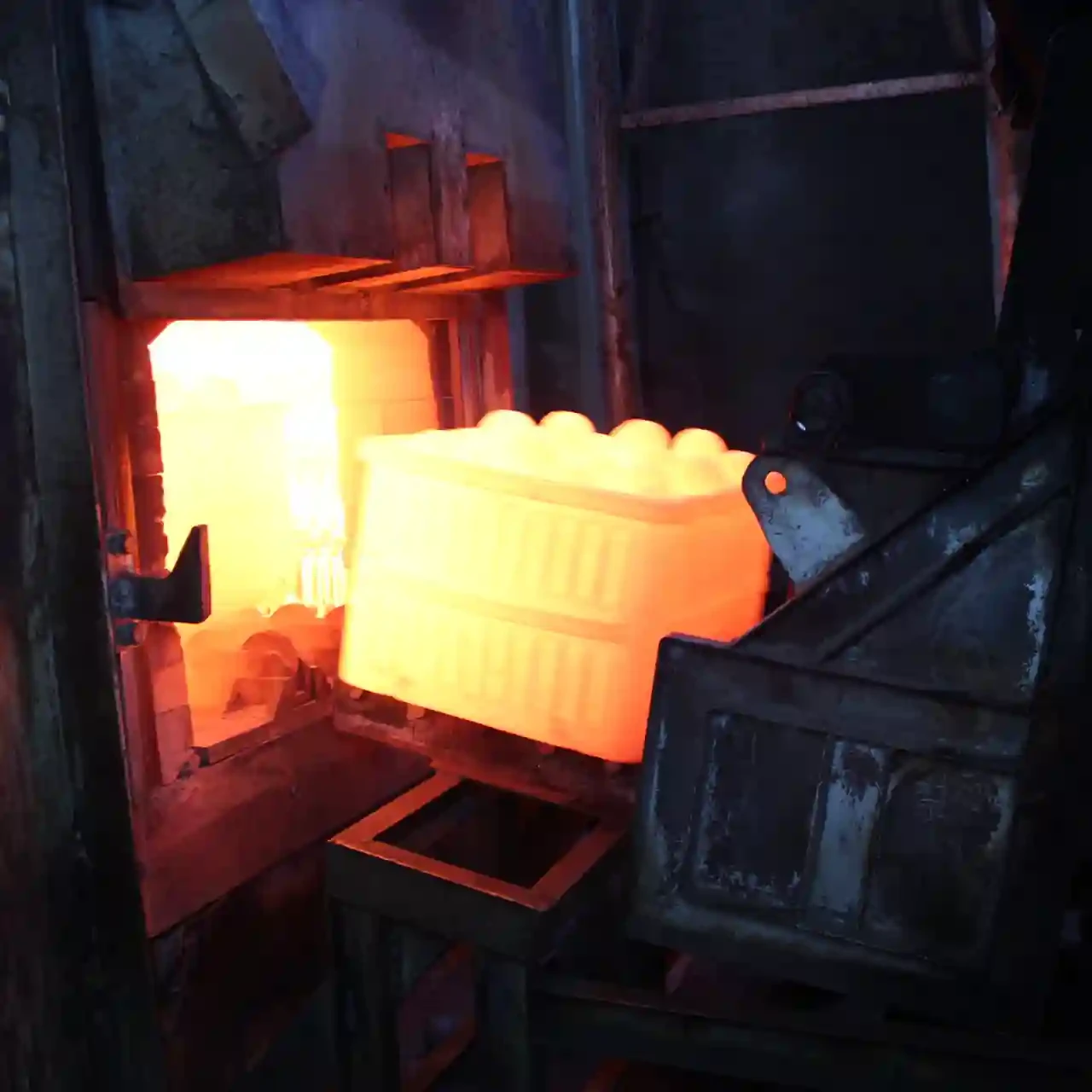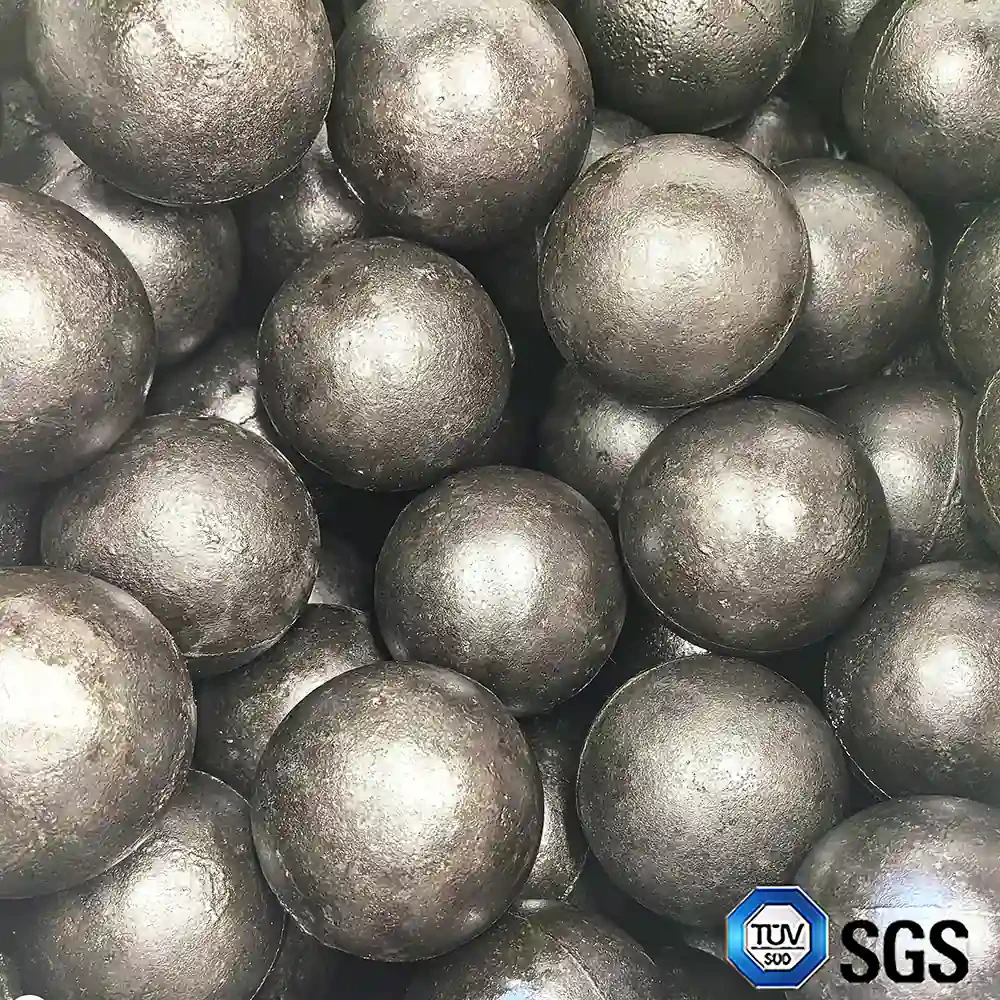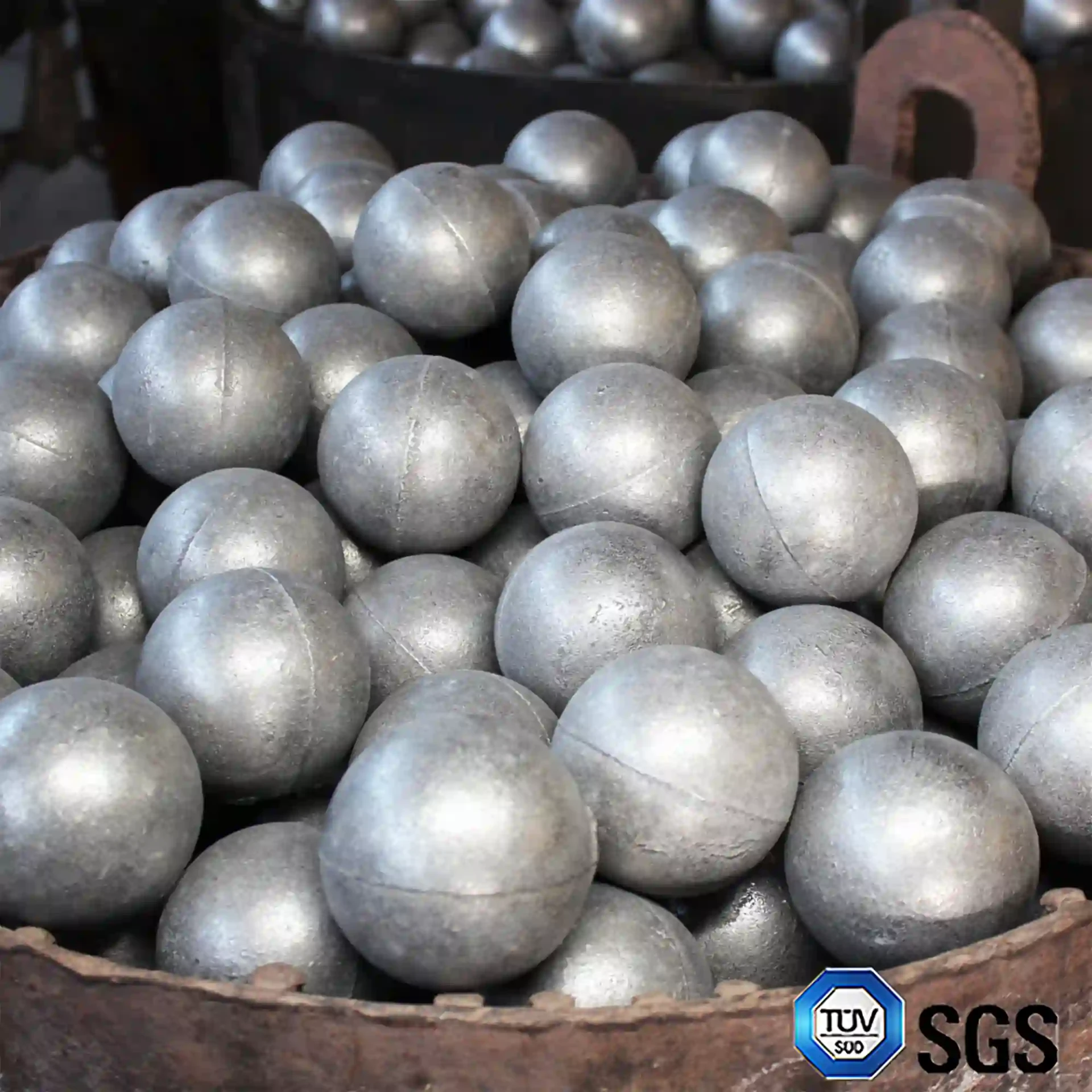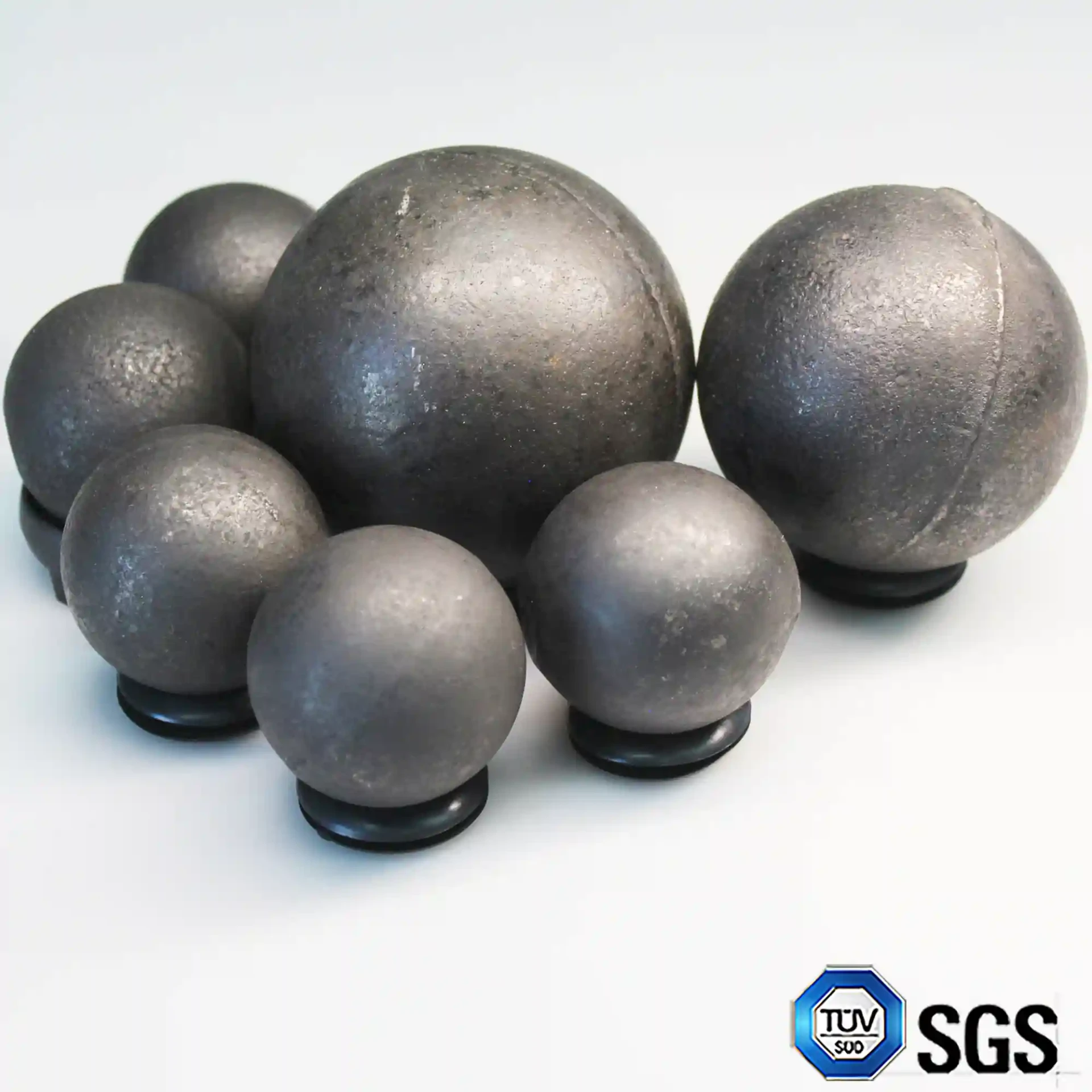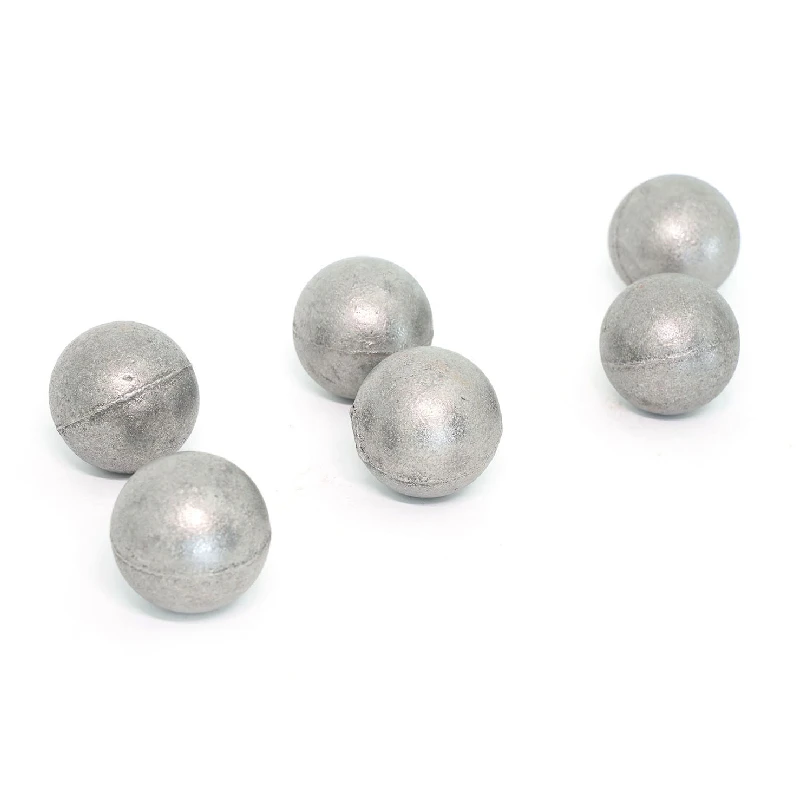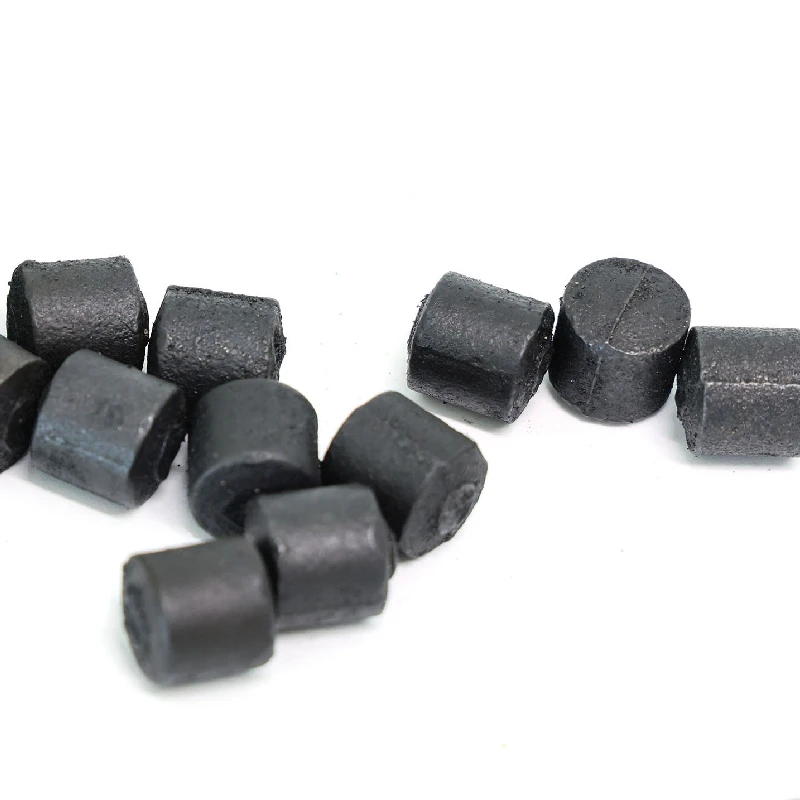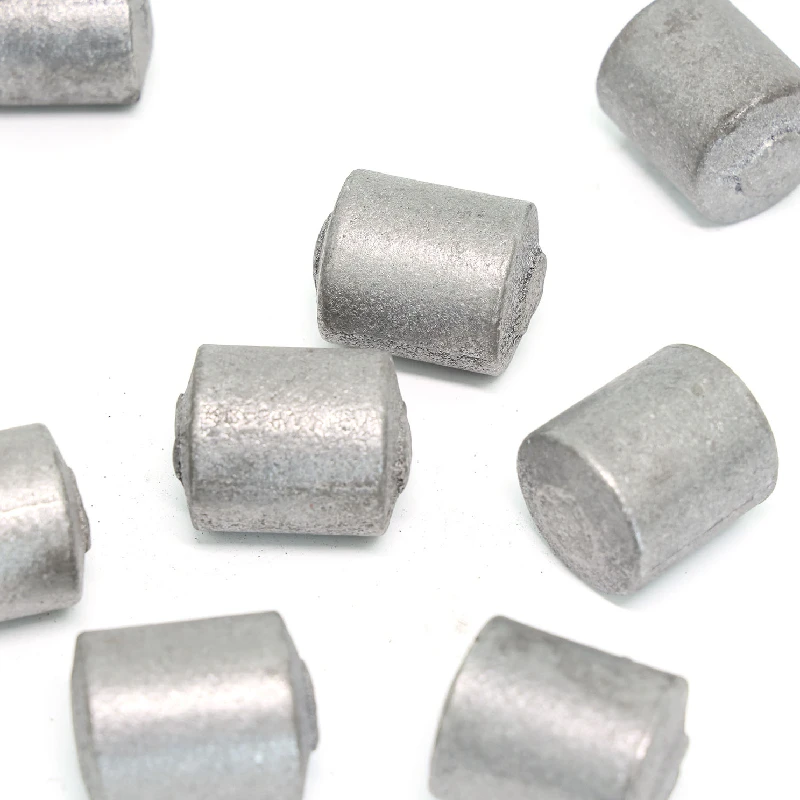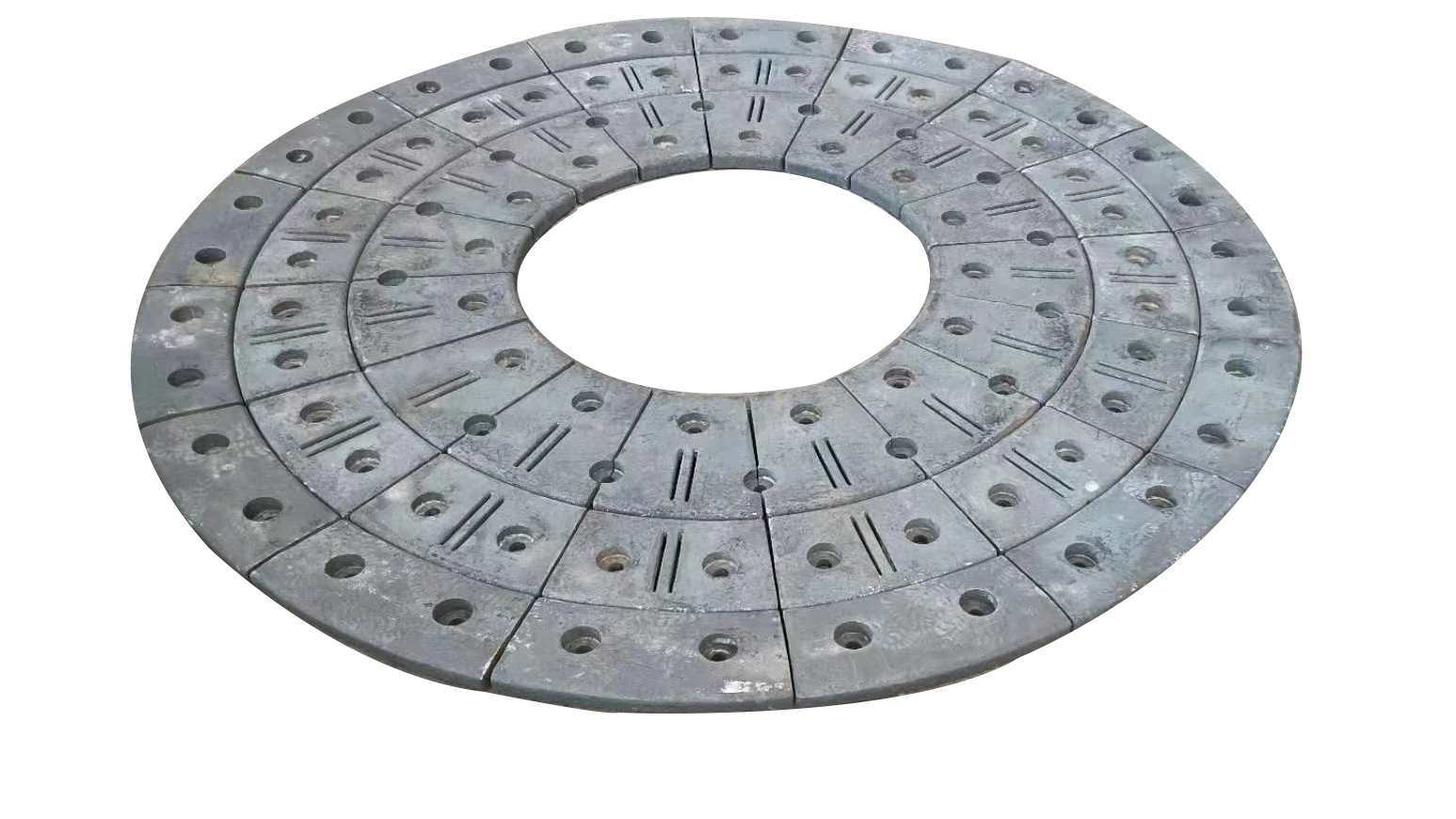Dec . 05, 2024 20:02 Back to list
Heat Treatment Techniques for Hadfield Steel and Their Impact on Mechanical Properties
Heat Treatment of Hadfield Steel
Hadfield steel, often referred to as manganese steel, is renowned for its excellent wear resistance and high impact strength, primarily due to its high manganese content, typically around 12-14%. It is primarily used in applications that require high toughness and resistance to abrasion, such as in the mining, construction, and railway industries. However, to maximize these properties, an effective heat treatment process is essential. This article explores the critical aspects of the heat treatment of Hadfield steel, including its purpose, methodology, and effects on the material’s properties.
Purpose of Heat Treatment in Hadfield Steel
The primary objective of heat treatment in Hadfield steel is to refine its microstructure to enhance mechanical properties. Manganese steel exhibits an austenitic microstructure at high temperatures, which transforms into a hard, wear-resistant structure upon cooling. The heat treatment process aims to optimize these transformations to enhance the steel's hardness, toughness, and wear resistance.
Heat Treatment Process
1. Austenitizing The first step of the heat treatment involves heating the Hadfield steel to a temperature range of 1000-1100 °C (1832-2012 °F). At this stage, the steel becomes fully austenitic, meaning that its carbon and manganese are dissolved in the face-centered cubic structure. This high-temperature treatment ensures the complete transformation of the microstructure, setting the foundation for subsequent cooling processes.
2. Quenching Following austenitizing, the steel is rapidly cooled—usually by immersion in water or oil. This quenching process is critical as it transforms the austenite into a martensitic structure, increasing hardness. However, it is important to note that excessive quenching can lead to thermal stresses that may induce cracking, particularly in larger components.
3. Tempering After quenching, the material is typically too brittle for most applications, necessitating a tempering phase. During tempering, the steel is reheated to a lower temperature (typically between 200-600 °C or 392-1112 °F) for a specific duration. This process allows for the relaxation of internal stresses, reduces brittleness, and improves toughness. The resulting structure is finely tempered martensite, which retains a good balance of hardness and toughness, making it suitable for heavy-duty applications.
wärmebehandlung von hadfield-stahl

Effects of Heat Treatment on Properties
Heat treatment impacts various properties of Hadfield steel, making it more suitable for demanding applications
- Hardness Properly heat-treated Hadfield steel achieves high hardness levels, often reaching up to 550-700 HV (Vickers Hardness). This hardness is essential for mining and quarrying applications where wear resistance is paramount.
- Toughness Through tempering, the brittleness introduced during quenching is minimized, leading to improved toughness. This characteristic is crucial during impact loading scenarios, where the material must absorb energy without fracturing.
- Wear Resistance The austenitic structure with a tempered matrix provides exceptional wear resistance. Tools and machinery made from Hadfield steel can operate for extended periods without significant deterioration, making them cost-effective in the long run.
- Work Hardening One of the unique characteristics of Hadfield steel is its ability to work-harden. During impact and abrasion, the surface of Hadfield steel can further harden, increasing its resistance to wear even in the most challenging environments.
Conclusion
The heat treatment of Hadfield steel is a critical process that enhances its desirable properties, making it one of the materials of choice in heavy-duty applications. Through careful control of austenitizing, quenching, and tempering, manufacturers can optimize the performance of Hadfield steel, resulting in products that withstand the rigors of demanding environments. As industries continue to seek materials that balance hardness and toughness, the importance of effective heat treatment processes in determining the performance of Hadfield steel will only grow. Understanding and implementing these processes can lead to significant advancements in material technology, ensuring readiness for the challenges of modern engineering and manufacturing.
-
Fabrica de Bolas de Molienda: Your Guide to Grinding Ball Manufacturing & Applications
NewsNov.24,2025
-
Expert Insights on Fabrica de Molinos de Bolas: Industry Trends & Global Applications
NewsNov.24,2025
-
Expert Insights on Fabricantes de Bolas de Molienda de Acero: Global Applications & Trends
NewsNov.23,2025
-
Leading Fabricantes de Bolas de Molienda: Your Ultimate Guide to Grinding Balls
NewsNov.23,2025
-
Fabricante de Bolas de Molienda – Quality Grinding Balls for Efficient Industry
NewsNov.23,2025
-
Trusted Proveedores de Medios de Molienda for Efficient Industrial Grinding
NewsNov.22,2025
Realted Products

